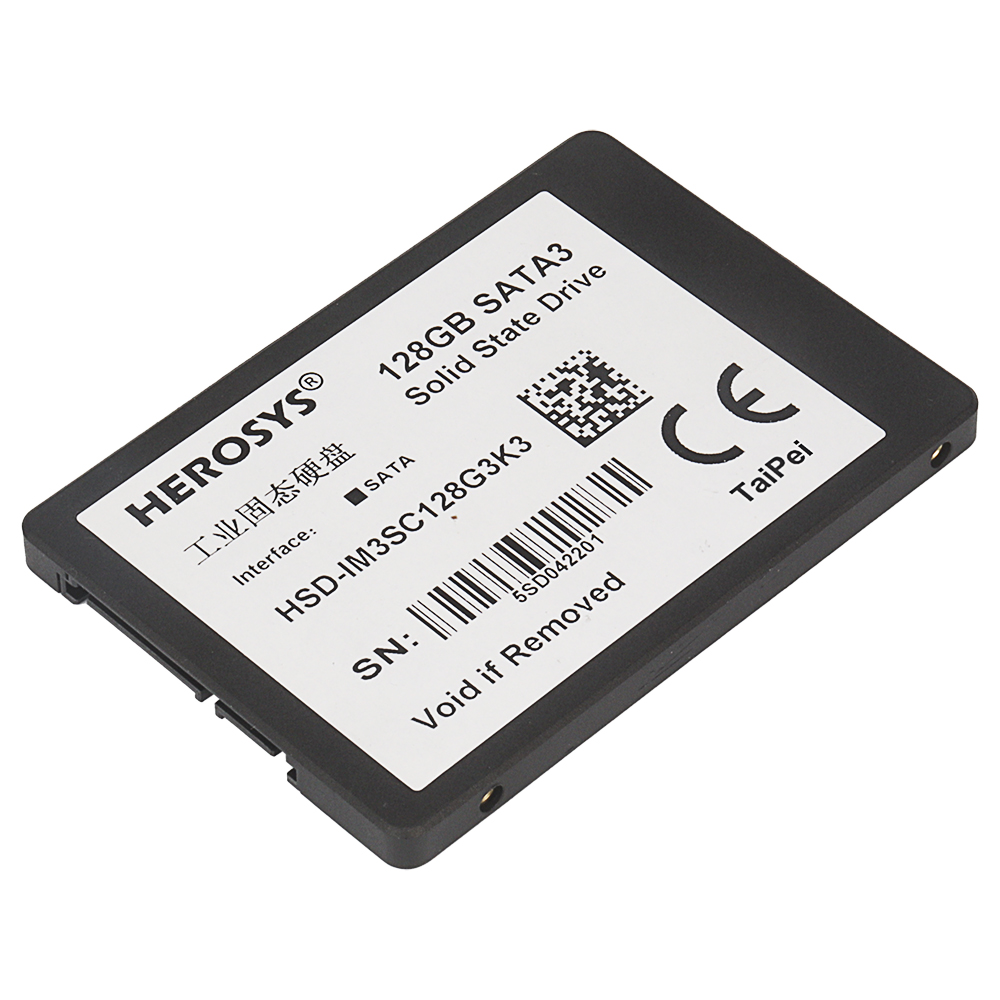What is the lifespan of a solid state drive?
In today’s digital era, solid-state drives (SSDs), known for their fast read/write speeds and strong shock resistance, have gradually become the mainstream choice for computer storage devices. However, many users often wonder: how long does an SSD last?

To understand SSD lifespan, we must first understand how SSDs work. Unlike traditional hard disk drives (HDDs), SSDs have no mechanical components and store data using flash memory chips. These chips consist of numerous memory cells that store electrical charges to represent binary data (“0”s and “1”s).
A key characteristic of flash memory is that it has a limited number of write cycles. Every time data is written, the memory cells experience wear. When the wear reaches a certain threshold, it may lead to data loss or errors. This write endurance is commonly measured by the P/E cycles (Program/Erase Cycles).
Different types of flash memory have different P/E cycles. Common types include SLC (Single-Level Cell), MLC (Multi-Level Cell), TLC (Triple-Level Cell), and QLC (Quad-Level Cell).
- SLC stores 1 bit per cell, offers the highest P/E cycles (up to 100,000 or more), and is mainly used in enterprise-grade SSDs due to its high cost.
- MLC stores 2 bits per cell, with P/E cycles ranging from 3,000 to 10,000, balancing performance and cost for mid- to high-end consumer SSDs.
- TLC stores 3 bits per cell, with P/E cycles around 1,000–3,000, and is most commonly used in consumer SSDs.
- QLC stores 4 bits per cell, has the lowest P/E cycles (around 300–500), and offers the lowest cost but also the shortest lifespan.
However, P/E cycle count is only a theoretical indicator. In real-world usage, SSD lifespan is influenced by many other factors.
Usage frequency is a major factor. If a user frequently performs high-volume data writes, such as video editing or repeated software installations, the SSD will wear out faster. Conversely, for light daily tasks like web browsing or office work, write volumes are lower, and SSDs tend to last longer.
The operating environment also affects SSD lifespan. Harsh conditions such as high temperature and humidity accelerate flash memory degradation and reduce performance. It's important to keep SSDs in appropriate environments.
The SSD controller and cache also play important roles. The controller manages data access and error correction; a good controller optimizes memory usage and reduces unnecessary writes, thereby extending SSD life. The cache improves read/write speed and reduces direct writes to the flash memory, also helping extend lifespan.
How can SSD lifespan be measured? In addition to P/E cycles, manufacturers provide another important metric: TBW (Terabytes Written). TBW indicates the total amount of data that can be safely written to the SSD during its lifetime. For example, a TBW of 500TB means the SSD is expected to work normally until approximately 500TB of data is written.
However, reaching the TBW does not mean the SSD will instantly fail. In reality, many SSDs continue to function even after the TBW threshold is exceeded, though the risk of failure increases.
To extend SSD lifespan, users can take several precautions. Partitioning and reserving some free space (typically 10%–20%) is helpful. This gives the SSD room to perform garbage collection and wear leveling operations efficiently.
Regular disk cleanup and maintenance are also beneficial. While SSDs do not require defragmentation like HDDs, removing temporary and junk files can reduce unnecessary write operations and slow wear on memory cells.
Avoiding sudden power outages during operation is crucial. Power loss can cause data corruption and potentially damage the SSD’s controller or flash memory.
In conclusion, SSD lifespan is influenced by many factors, including P/E cycles, usage habits, environment, controller quality, and cache. Consumer-grade SSDs generally last between 3 to 10 years depending on actual usage. With proper care and maintenance, users can fully harness the performance and longevity of SSDs, making them reliable tools for both work and everyday life.
